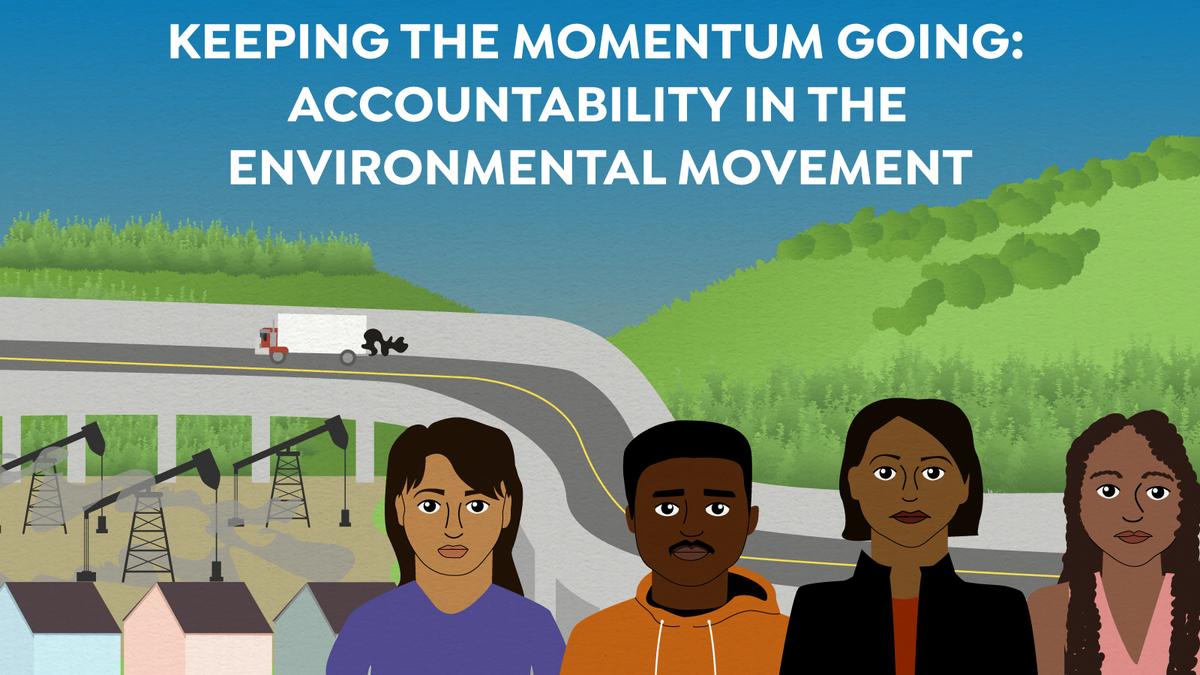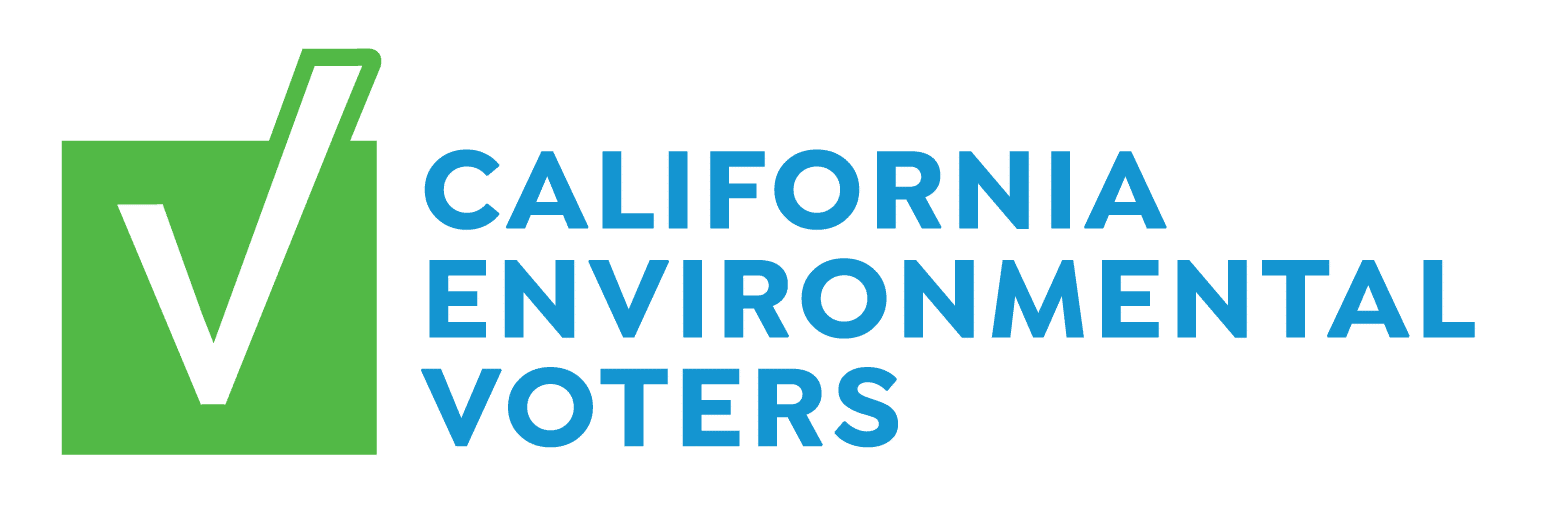
The fights against the climate crisis and systemic racism are undeniably connected. Systemic racism created the circumstances that severely restrict the power of Black, Brown and Indigenous communities. As a result, these are the same communities taking the brunt of the climate crisis because institutions feel emboldened to use legal authority to ignore the demands of BIPOC communities.
The environmental movement has a history of white leaders who focus on protecting wildlife and public lands, but fail to address the impact of pollution and climate change on communities of color.
When it comes to our beloved public lands, there is a dark history behind how the parks were established. For instance, when White state militia found Yosemite Valley in 1815, they drove the Yosemite Miwok out in order to “protect” the land, consequently forcing them to reservations. Yosemite became the nation’s fifth national park 39 years later. As early conservationists saw public lands as a wilderness to be protected, they ignored Indigenous people’s role in maintaining these landscapes.
In the last year, our country demanded racial justice from institutions built on white supremacy. While there have been steps toward change, we still have a long way to go.
The environmental movement is no exception.
The movement began with White leadership who saw lands and wildlife as resources that must be protected from Indigenous people. Since then, the movement has historically been focused on continuing that trend and protecting national parks and wildlife, rather than tackling environmental issues that in turn disproportionately impact communities of color.
Despite numerous large environmental organizations calling for racial justice last year, they remain overwhelmingly White. In a report released by Green 2.0, an independent advocacy campaign tracking racial and gender diversity in the environmental movement, it found that of the top 40 organizations and top 40 foundations and grant providers, they added on average “six people of color and eight women to their full-time staff from 2017 to 2020, added two people of color and two women to their senior staff in that time, and one person of color and one woman to their boards since 2017.” When people of color aren’t at the table of these large organizations, they simply don’t have the perspective to do right by issues that impact communities of color.
While we only have until 2030 to prevent major climate catastrophe, frontline communities are dealing with the consequences of the climate crisis right now and require swift action. We cannot fight for climate action without doing the work to uproot systemic racism. We have compiled a list of resources to learn more, but we also recommend you learn about environmental justice and racism from Black, Brown, and Indigenous voices whenever possible.
Read:
- The Atlantic, Return the National Parks to the Tribes
- VICE, The Environmental Movement Needs to Reckon with Its Racist History
- New York Magazine, 13 Best Books About Environmental Justice 2021 | The Strategist
- Washington Post, How a protest in a Black NC farming town nearly 40 years ago sparked a national movement
- Vogue, Why Every Environmentalist Should Be Anti-Racist
Watch:
- This Tedx Talk given by Cristal Cisneros dives into how having a conversation about climate change isn’t possible without talking about environmental justice and the role of young, people of color in this fight for our future.
- VICE, Watch Rashida Tlaib Grill Bank CEOs Who Are Confused About Environmental Racism
Listen:
In this podcast episode, NPR climate reporter Rebecca Hersher discusses our country’s history of environmental racism and what the Biden administration can do to avoid making the same mistakes.
- Warm Regards, Environmental Justice and Climate Justice, with Dr. Sacoby Wilson and Dr. Olúfẹ́mi O. Táíwò
In this podcast episode, the show delves into the intersection between environmental justice and climate justice movements while shining a light on the disconnect between the two.
We can’t protect our planet without protecting the people who live on it. Solutions from the environmental movement must take everyone’s best interest into account.



